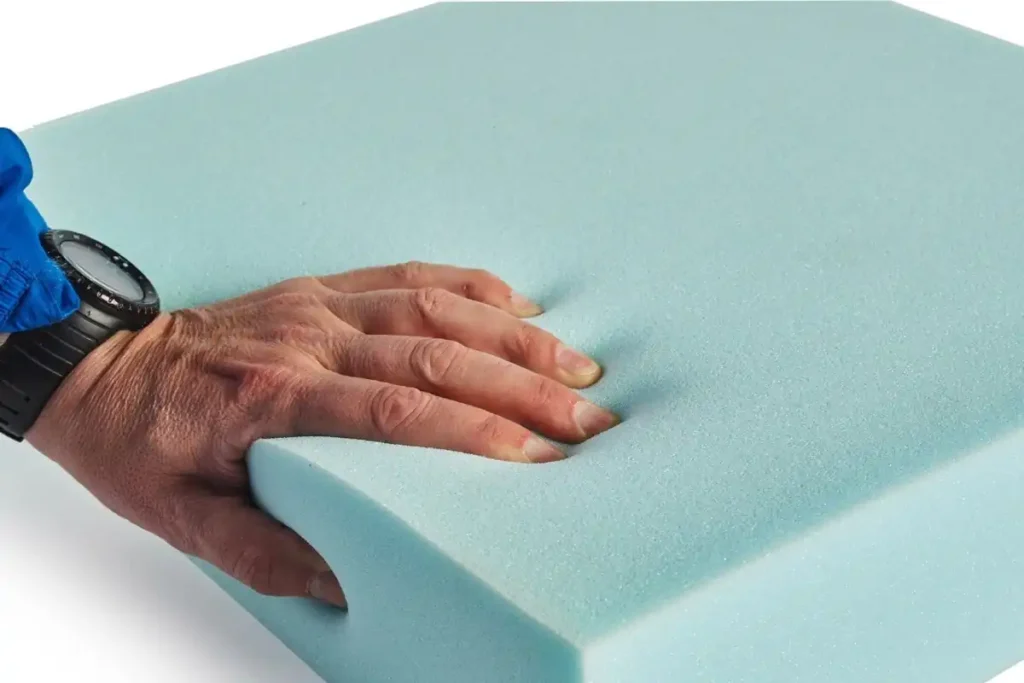Messi Biology (Hebei) Co., Ltd. states that Magnesium Oxide (MgO) utilizes multiple pathways, including “Acid Neutralization + Adsorption + Free Radical Inhibition + Thermal Stability,” to achieve excellent anti-yellowing and lifespan extension functions in polyurethane foam. It is particularly suitable for demanding industries such as indoor furniture, automotive interiors, and protective packaging.

1. Neutralization of Acidic Degradation Products
Polyurethane materials easily produce trace acidic substances (such as carboxylic acids, hydrogen chloride, etc.) under conditions like heat, oxygen, and UV light. These acidic substances accelerate degradation and trigger yellowing. As a basic oxide, Magnesium Oxide can effectively neutralize these acidic byproducts, inhibiting discoloration reactions caused by acid catalysis.
2. Adsorption of Moisture and Carbon Dioxide
Moisture and CO₂ in the air can react with polyurethane to form substances like carbamates, also leading to yellowing. Magnesium Oxide possesses good hygroscopicity (moisture absorption) and CO₂ adsorption capacity, which can slow down these reactions and delay yellowing caused by hydrolysis.
3. Inhibition of Free Radical Reactions
Under UV irradiation or high temperatures, free radicals are easily generated in polyurethane materials, inducing molecular chain scission and color changes. Magnesium Oxide has a certain capacity for free radical scavenging, which can reduce free radical chain reactions and lower the rate of yellowing.
4. Enhancement of Thermal Stability
Under thermal aging conditions, the decomposition of polyurethane intensifies, generating colored impurities. Magnesium Oxide enhances the overall thermal stability of the material, inhibiting high-temperature decomposition reactions and reducing thermal yellowing phenomena.
5. Synergistic Effect with Halogen Inhibitors
If halogenated flame retardants are used in polyurethane foam, thermal degradation can easily release strong acidic substances like HCl, triggering more severe yellowing. Magnesium Oxide can neutralize HCl, inhibiting the discoloration caused by dehydrohalogenation, making it particularly suitable for flame-retardant foam systems.
